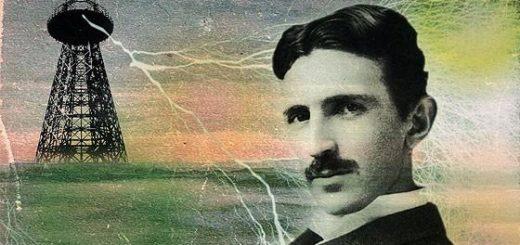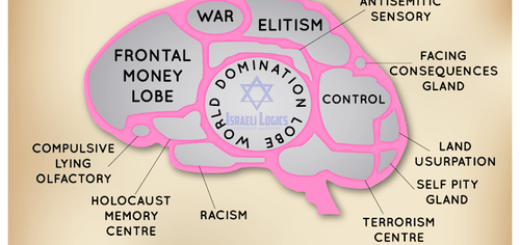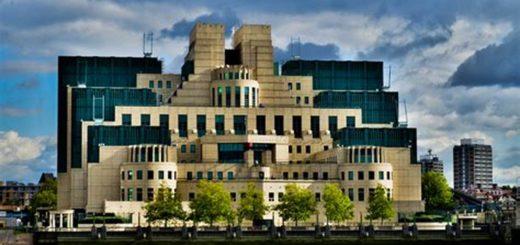Nuclear Fusion Would Give Us Unlimited Energy Without Pollution…Powerful, Cheap & CLEAN Energy
MNN.com > Earth Matters > Energy
How a viable nuclear fusion reactor really could change the world
Lockheed Martin recently claimed to have designed a fusion reactor that can fit on the back of a truck. If viable, it really could change the world. Here’s how…
BRYAN NELSON October 24, 2014, 11:01 p.m.

Nuclear fusion — which is what powers the sun — occurs when two or more atomic nuclei collide at a very high speed and join to form a new type of atomic nucleus. (Photo: umbertoleporini/Shutterstock)
Recent news that Lockheed Martin has made a nuclear fusion breakthrough has come with its fair share of sensational headlines. Claims have been made that it could change the world and forever alter the future of humanity. And for once, those headlines could be accurate, assuming that Lockheed Martin’s claims are viable.
A compact nuclear fusion reactor, especially one as small as Lockheed Martin is claiming, could change the world as we know it. But before we can get a handle on what such a breakthrough could mean, let’s first get a hold of what exactly is being claimed.
In the simplest of terms, nuclear fusion is what happens when two or more atoms collide at high speeds and fuse together to form a new atom. It’s the same process that fuels the sun itself. By contrast, nuclear fission is when an atom is split apart. Fission is the process used in our nuclear power plants.
The advantages of fusion over fission are paramount. For one, fusion generates three to four times more energy than fission does. Most importantly, fusion doesn’t produce any radioactive waste. It is, for the most part, a clean way of generating power. It is fossil fuel-free, and free of hazardous waste.
So why do we use fission as our preferred form of nuclear energy instead of fusion? Quite simply, controlling a fusion reaction has proven to be an engineering nightmare. The reaction at the heart of the process generates so much heat and pressure that containing it, especially at smaller scales, has been an elusive goal. There has also been a problem with cost efficiency. The energy produced by the reaction is often less than the energy it takes to generate it in the first place.
The fact that Lockheed Martin claims to have overcome these obstacles, and with a reactor small enough to fit on the back of a truck, is a big deal. Even more impressive, the team expects to test their design within a year, and build a prototype in just five years time.
“Our compact fusion concept combines several alternative magnetic confinement approaches, taking the best parts of each, and offers a 90 percent size reduction over previous concepts,” said Tom McGuire, lead fusion researcher on the project, according to Lockheed Martin’s news release. “The smaller size will allow us to design, build and test the CFR in less than a year.”
Because the news release contains so few details, scientists have been skeptical about the claims. But assuming Lockheed Martin’s design is viable, the world may truly never be the same once this technology is put into production. Here are just a few of the monumental impacts that this breakthrough could have:
A solution to climate change
Since nuclear fusion is such a powerful way to generate energy, and since a fusion reactor can potentially be so compact, it could eventually replace all other forms of energy production anywhere in the world. That would mean that generating energy from fossil fuels would no longer be necessary. In fact, just one kilogram of fusion fuel can provide the same amount of energy as 10 million kilograms of fossil fuel. So the planet’s electricity production could be entirely carbon neutral.
Clean and safe
Unlike the nuclear fission in modern day reactors, fusion is much safer. Since no radioactive waste is produced, the dangers of a meltdown are non-existent. There is also no danger of fusion going into a runaway reaction.
More expansive space flight
Engines fueled by fusion will radically transform our ability to explore space. For instance, fusion could make it possible to travel to Mars in a month, instead of the six months currently projected for flight to the red planet.
Limitless fuel
Fusion also provides a virtually limitless supply of fuel. It can be produced using seawater as an input, which means we can get all the fuel we need from the ocean, rather than having to drill for more limited sources, as we do with oil. Fusion could end most of the world’s strife that revolves around limited resource extraction. Because the fuel supply is nearly limitless, this also means that fusion power could potentially be dirt cheap.
Basically, fusion energy is powerful, plentiful, cheap and clean. There is no end to the ways such an energy source could radically transform the world. But, of course, this all depends on the viability of Lockheed Martin’s claims. We shall have to await more details about the company’s design before we can know for sure.
Related on MNN:
- Cold fusion: Boom or bust?
- Up and atom: The comeback of nuclear power
- 10 surprisingly easy sources of alternative energy
















